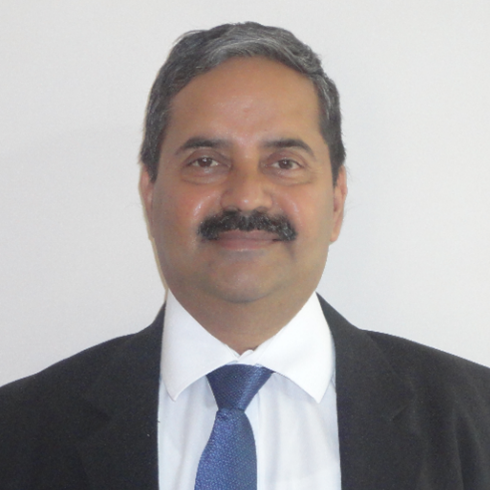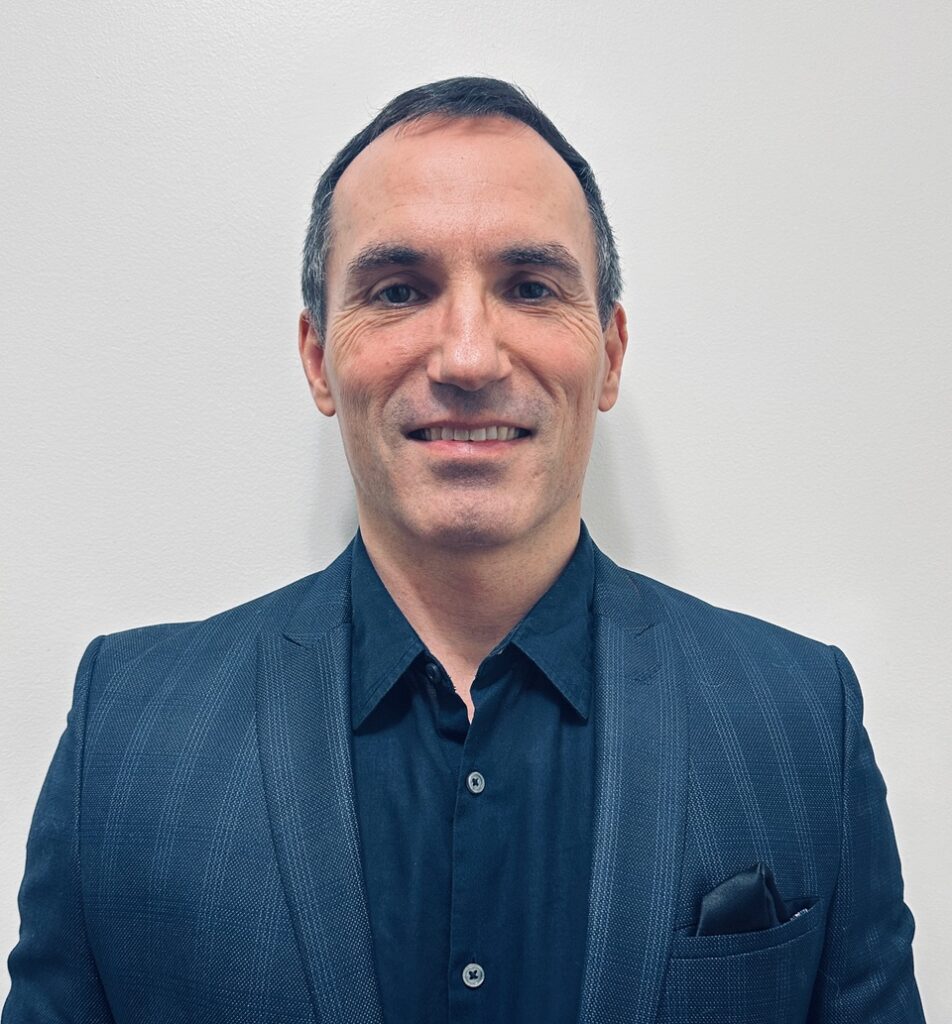The Geosynthetics Conference 2019 was a huge success in Houston, Texas, Feb. 10–13, with more than 1,100 engaged attendees, presenters, speakers and exhibitors contributing to the intellectual and commercial hum felt throughout the Marriott Marquis.
“We were delighted with the enthusiasm of the attendees and exhibitors,” said Industrial Fabrics Association International president and CEO Steve Schiffman. “From the technical sessions to the opening reception through the end of the conference there was a lot of learning, activity and engagement.”
“It was good energy here in Houston,” said Richard Thiel, P.E., of Thiel Engineering, the Geosynthetics Conference 2019 chair. “Our goal has been to provide a forum for face-to-face interactions that you can only get with conferences like this. You meet people, you talk with them, you collaborate and there’s such a variety of venues to make this happen, with all the plenary sessions, the technical sessions, the roundtables, the open panels, the tradeshow floor, the IAGI GeoGames, the hallway discussions. We’ve done it once again, and we’re going to continue doing it in the future.”
The conference provided a forum for multiple focus group and general membership meetings of the Geosynthetic Materials Association (GMA) and other groups.
“The Geosynthetics Conference 2019 provided a great forum for members of GMA to conduct business in person and learn about advancements in geosynthetic technologies through its stellar technical program,” said Jonathan Curry, managing director of GMA. “I was proud to be a member of the organizing committee, and I believe the conference format helps GMA achieve its mission of advancing the industry.”
A topic widely discussed at the conference is the importance of teaching geosynthetics in civil engineering education, as most civil engineers are not introduced to geosynthetics in their course of study.
Richard Brachman, P.Eng., of Queen’s University, spoke passionately about this lack of geosynthetics education, “What can you do to help? Talk to your alma maters, talk with former professors, and, if you can, talk to deans, and tell them we need to teach geosynthetics in civil engineering education. They are ubiquitous in every civil engineering project; we need it in undergraduate education.”
Mike Adams of the Federal Highway Administration, during the Roundtable/Open Discussion “Incorporating Geosynthetics in Civil Engineering Education,” noted, “It is highly beneficial to expose adolescents to geosynthetics because their natural creativity may be highly generative.”
Geosynthetics Conference 2019 was supported by IGS-NA and under the auspices of IGS.

Submitted by
Christian Weiland
Marketing Communications Specialist
651 225 6916
caweiland@ifai.com






















